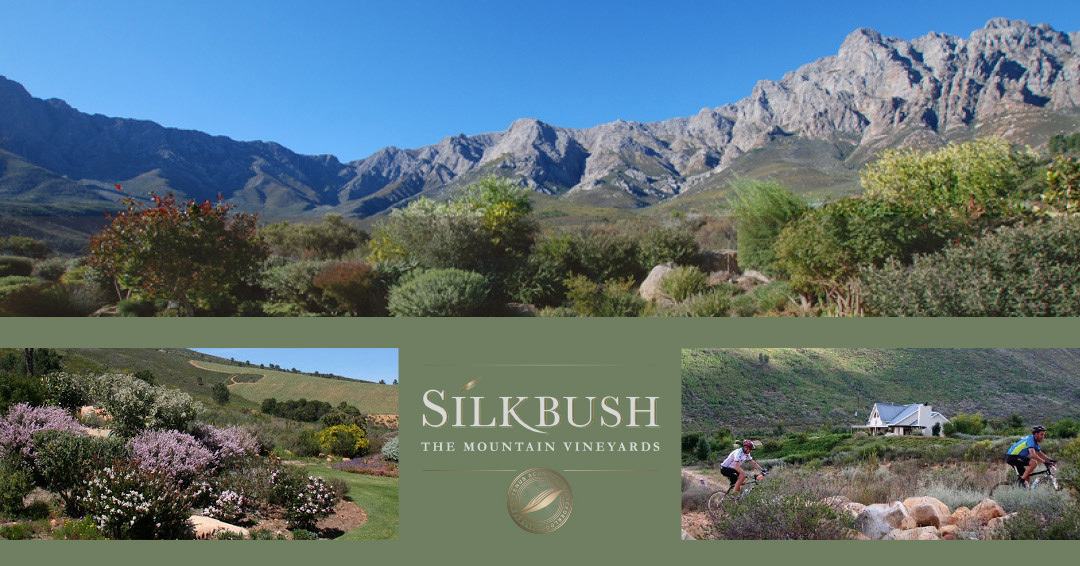
As expressed in my earlier blog post about Texas Hill Country wineries, my growing curiosity had been triggered largely because of the relatively recent adoption of warmer weather grapes by Texans. These wines from lesser known grapes (to most Americans) have usually reposed in the “Imports” section of the local wine shops and liquor stores, and have drawn little attention. The varieties were known chiefly to consumers with advanced knowledge of wines from Spain, Italy, and the Rhone Valley of France. The unsurprising and honest truth is few Americans take a chance on buying a bottle of wine they have never tasted. Fortunately, the growing proliferation of TX wineries and their tasting facilities are introducing many, even many experienced, American wine drinkers, to new (to them) wines. This enables Texan winemakers to make a “hands-on” differentiated presentation with grapes uniquely suited for their warmer weather. Everybody becomes a winner, as happier Texan wine drinkers become advocates/ambassadors for reds such Tempranillos, Riojas, and some delicious whites such as Viognier.
We are especially pleased they are starting to champion Viognier, as it is one of the few white grapes we also grow and produce on Silkbush in the Cape. But even in South Africa, Viognier is just becoming known as a superior white wine, far behind the historically dominant Chenin Blanc and the most recently very popular Sauvignon Blanc and rising Chardonnay. [Actual Viognier planted RSA acreage is only 2,144 acres, or 7th most popular white.] Most Viogniers are intended to be consumed young. Viogniers more than three years old tend to lose many of the floral aromas that make this wine unique.
Like many grapes, the origin of the Viognier grape is unknown; it is presumed to be an ancient grape, possibly originating in Dalmatia (present day Croatia) and then brought to Rhône by the Romans. Once common in France, by 1965, the grape was almost extinct as there were only somewhere between eight and 30 acres remaining in the Northern Rhône. This may have been due to Viognier at times being a difficult grape to grow because it is prone to powdery mildew. Its decline also reportedly has much to do with the inadvertent and disastrous introduction of phylloxera aphids from North America into Europe in the mid- and late-19th century, followed by the abandonment of many vineyards due to the chaos of World War I. In France, Viognier is the single permitted grape variety in the Rhône appellations of Condrieu and Chateau Grillet which are located on the west bank of the Rhone River, about 40 km south of Lyon.
Viognier prefers warmer environments and a long growing season; it has low and unpredictable yields and should be picked only when fully ripe. When picked too early, the grape fails to develop the full extent of its aromas and tastes. In the Cote-Rotie AOC of France, red wine blends can include up to 20% of Viognier though most growers add no more than 5%. Since Viognier ripens earlier than Syrah, the grape is normally harvested separately and added to the Syrah during fermentation. One of the benefits of adding Viognier is that the process of co-pigmentation stabilizes the coloring of the red wine. Since the late 1980s, plantings of Viognier in the US, Canada, and elsewhere have increased dramatically. California’s Central Coast is the leading producer with over 2,000 acres of the grape planted. Californian Viogniers are noticeably higher in alcohol compared to other wines made from the grape. It has also received international attention growing in Virginia, and in 2011 was named Virginia’s signature white grape.
So much for the lecture on Viognier’s history… What does the wine taste like in Texas? Pretty damn good is our overall summary and perhaps much more consistent in taste, if not better, compared to our experience in Virginia. Here are some of the ones we liked the best:
2014 Pedernales Cellars Reserve Viognier $40 Stonewall, TX Likely the most impressive, and certainly the most expensive Viognier we tried; it reflects skilful use of oak. Pedernales has a wonderful tasting facility with great, sweeping views. www.PedernalesCellars.com
2014 Bending Branch Winery Viognier $34 Comfort, TX (First release of Viognier) Bending Branch is perhaps the closest actual winery to San Antonio, just a bit SW of Fredericksburg, and off I-10 a few miles. Very pretty. Definitely a cutting edge winery now also making wines for other TX wineries. Their Italian mobile “flash détente” machine has to be seen to be believed. About 12,000 cases/year. www.bendingbranchwinery.com
2014 Kuhlman Cellars Viognier $27, Stonewall, TX Very attractive and well arranged pairing of small servings to complement their wines. Jennifer Beckmann, Marketing Director, really knows what she is doing. www.KuhlmanCellars.com
2014 Becker Reserve Viognier $22 Stonewall, TX Becker is one of the largest TX wineries, with current production in excess of 100,000 cases/year. Always a pleasure to visit with a very wide range of wines available. www.beckervineyards.com
2014 McPherson, Viognier, $16 Lubbock, TX; ALC13.9% Fermented entirely in stainless steel. (1600 cases produced) www.mcphersoncellars.com
2014 Brennan, Reserve Viognier, $25 Comanche, TX ALC 14.5% www.brennanvineyards.com
Note: The McPherson and Brennan wineries are located in “way out west Texas” but share a large comfortable tasting room with another winery at 4.0 Cellars near Fredericksburg on Highway 290. Both their Viogniers were lovely wines. www.fourpointwine.com
Because we grow, produce, and import Silkbush Viognier to the US, we were not compelled to stock up on the Texas wines. However, we purchased four of the less expensive wines and have enjoyed them. Our Silkbush Viognier normally retails in the $15-$18/bottle range, and we think any well made Viognier may find widespread acceptance in the US in this range. (We note the Horton Viognier from VA is nationally available at $16 from Total Wines.) Nevertheless, the $40 Pedernales Reserve wine, if you can find it, is definitely worth a Special Splurge sometime.
But above all else, Texas is now making some very nice and worthwhile white wine, lead by Viognier. Once you have had enough of UT or A&M football, enough San Antonio River Walks, and almost enough Austin City Limits country music, get out and do some winery touring. You’ll be glad you did, and definitely check out the Viogniers. They will only get better as the years go by; the French say the vines need to be 15-20 years old to really hit their prime and they should know!
